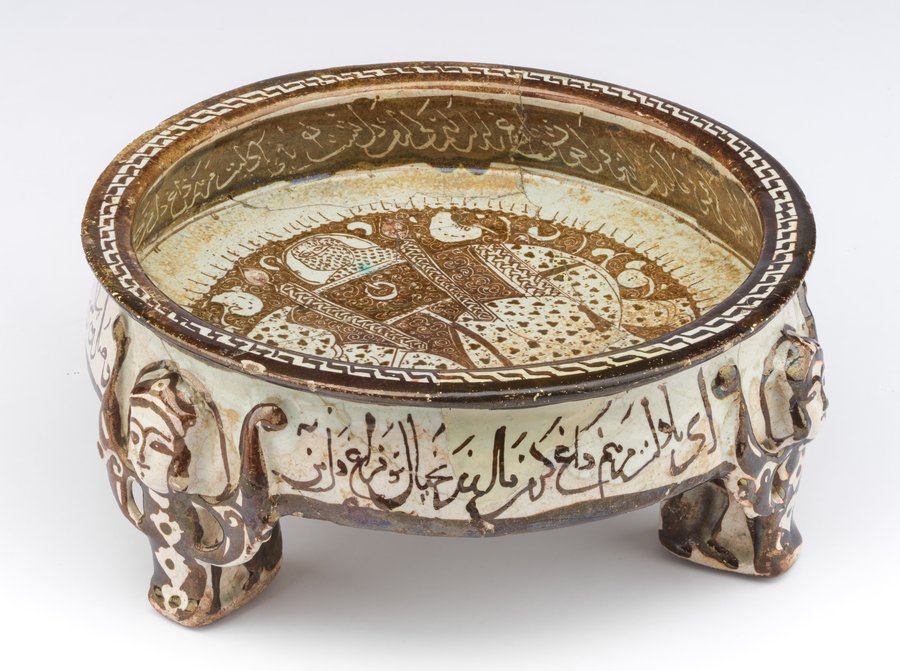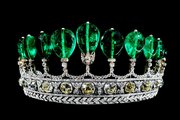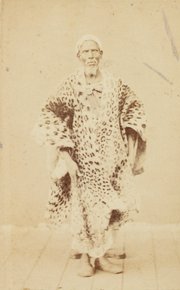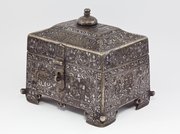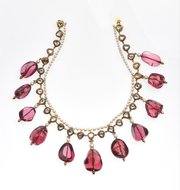
Dish
Museum of Islamic Art
- Title:
- Dish
- Artist:
- Muhammad i.
- Production place:
- Kashan
- Date:
- 1215
- Period:
- Seljuq
- Title:
- Dish
- Artist:
- Muhammad i.
- Production place:
- Kashan
- Date:
- 1215
- Period:
- Seljuq
- Material:
- Fritware, Glaze, Lustre
- Technique:
- Lustre painting, Glazing, Modeling
- Dimensions:
- 8.8 × 20.6 × 20.6
Attributed to the “Gurgan hoard” in the past, this rimmed flat dish rests on three feet shaped as crowned sphinxes, a popular Central Asian solar symbol. The central medallion is occupied by the depiction of a dotted elephant carrying a palanchin (hawda) with a veiled figure, most likely a lady. Such theme is not unusual as it appears on both Seljuq mina’i ceramics and on earlier Ghaznavid impressed glass medallions, and recounts of the intense political and cultural contacts with South Asia at that time. It may be an allusion to the story of Bahram Gur and Sapinud, his Indian bride, from the Shahnama or a visual response to the inscription on the interior, the travelling beloved on a steed being a common lyrical trope of Arabic and Persian poetry from the times of the Pre-Islamic mu’allaqat (hanging poems) on.
This dish is a beautiful example of lusterware production in Iran during the 7th century AH/13th century CE. Lustre glazing on ceramic is a two-firing technique with iron, silver, and copper metallic pigments that requires technological skillfulness and artistry. The invention of this technique has its roots in Abbasid Mesopotamia and was largely spread across the Mediterranean basin via Fatimid manufactures and trade. However, Kashan lustrewares became so famed and appreciated for their quality and decorative inventiveness that the word kashi/kashani entered the Arabic and Persian vocabularies to indicate glazed tilework at large.
